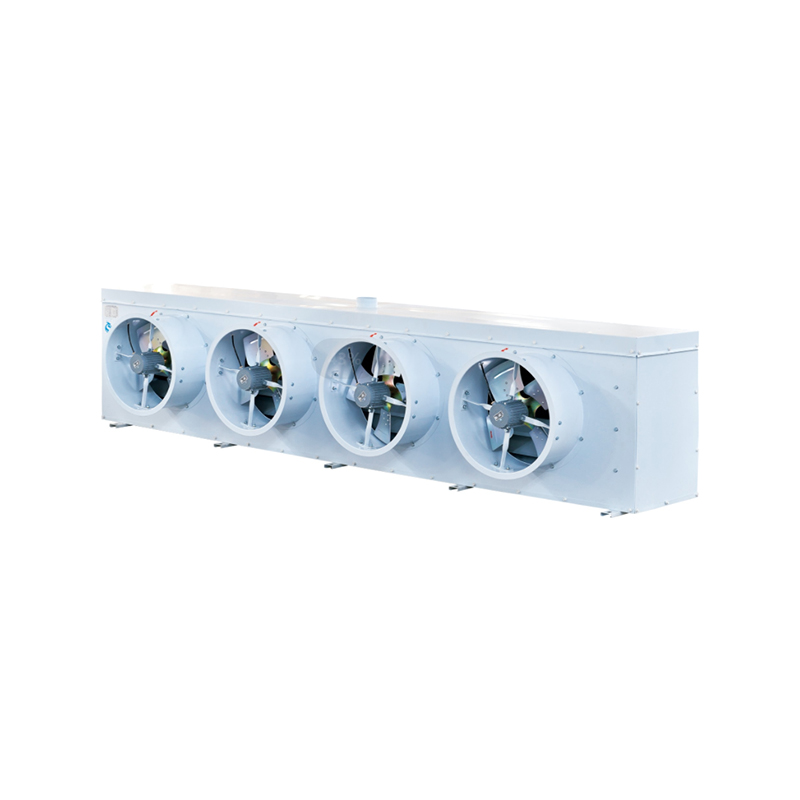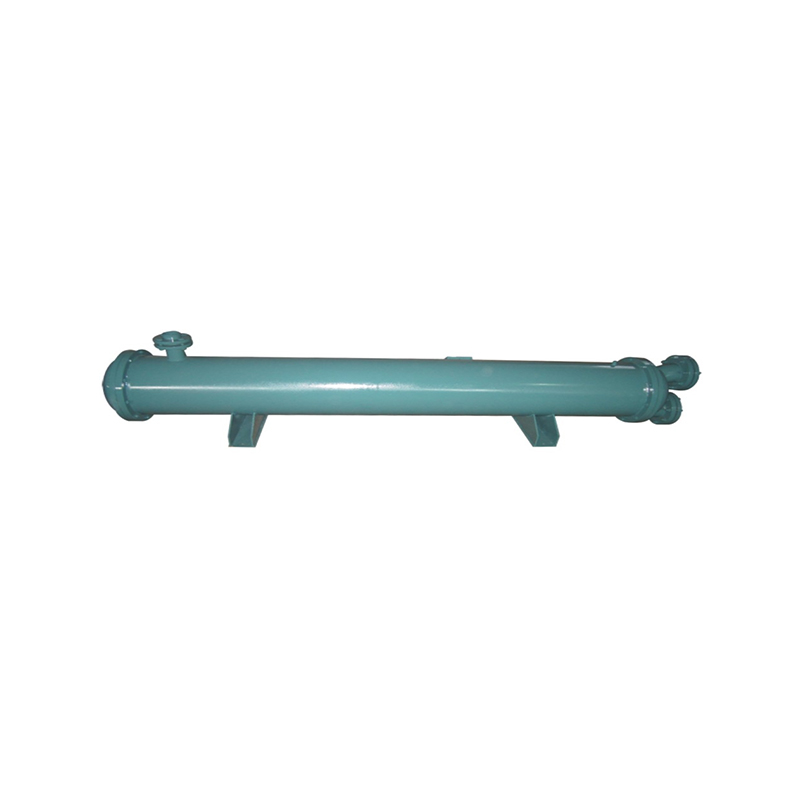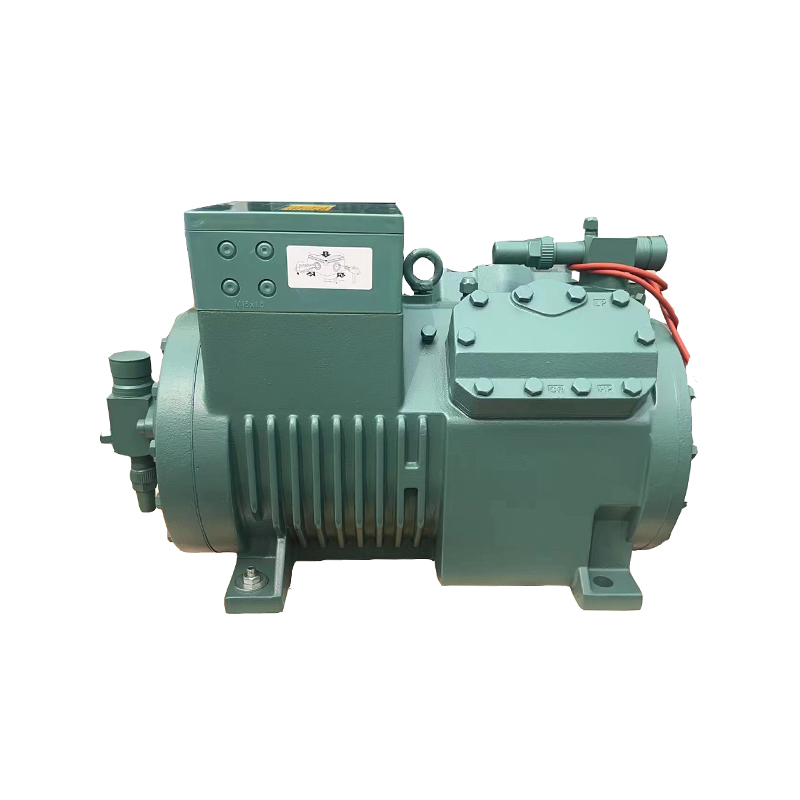Heating, Ventilation, and Air Conditioning (HVAC) systems are essential for maintaining comfort, air quality, and energy efficiency in buildings of all types. Whether it’s a small home or a large commercial facility, HVAC systems must be versatile enough to adapt to different building sizes and types. This flexibility ensures that the system operates efficiently and meets the specific demands of each environment. Here’s a look at how HVAC systems are designed to cater to both residential and commercial applications.
Content
1. Customized System Sizing
One of the most important aspects of HVAC system adaptability is proper sizing. For residential buildings, HVAC units are typically smaller, designed to handle the heating and cooling needs of single-family homes or apartments. These systems are often single-stage units, meaning they operate at a fixed speed and are easier to install and maintain.
In contrast, commercial buildings often require larger, multi-stage HVAC systems that can handle the significant heating and cooling loads of office buildings, shopping malls, hospitals, and industrial facilities. These systems are often modular, allowing additional units to be added as the building’s needs grow or change over time. Correct sizing of the HVAC system is critical to avoid issues such as inadequate climate control or energy waste, both of which could lead to higher operational costs.
2. Zoning Capabilities
One way HVAC systems adapt to buildings of different sizes is through zoning capabilities. In residential settings, zoning allows for different areas of the house, such as upstairs and downstairs, to be heated or cooled independently. This not only enhances comfort but also improves energy efficiency by not over-conditioning spaces that are not in use.
For commercial buildings, zoning becomes even more crucial. Different areas of a large building often have varied climate needs due to factors like occupancy, equipment use, and sunlight exposure. Zoning systems enable precise temperature control in different rooms or floors, ensuring optimal conditions for workspaces, lobbies, or storage areas. This ability to manage multiple zones efficiently is a hallmark of HVAC systems designed for larger, more complex buildings.
3. Scalable Systems
HVAC systems must be scalable to meet the demands of buildings as they expand or evolve. In residential homes, this could mean upgrading the system as more space is added, such as an attic or basement conversion. Modular HVAC systems make it possible to expand capacity without needing a complete overhaul of the existing system.
For commercial buildings, scalability is essential. Large facilities may require continuous adjustments to HVAC capacity based on changes in occupancy or the addition of new wings or sections. Commercial-grade HVAC systems are typically built with modular components that can be expanded, ensuring that the system grows alongside the building without sacrificing performance or efficiency.
4. Energy Efficiency Features
HVAC systems are increasingly designed with energy efficiency in mind, and this is particularly important when adapting to different building sizes. In residential settings, energy-efficient systems help homeowners reduce utility bills while maintaining comfort. Many modern systems come with programmable thermostats, variable-speed fans, and smart home integrations that allow precise control over energy use.
In commercial settings, energy efficiency becomes even more critical due to the larger scale of operation. HVAC systems in these environments often feature advanced energy management systems that monitor usage, identify inefficiencies, and automatically adjust settings for maximum performance. Commercial systems may also incorporate heat recovery ventilators (HRVs) and energy recovery ventilators (ERVs) to reduce energy waste by transferring heat or cooling between incoming and outgoing air.
5. Advanced Control Systems
For both residential and commercial applications, advanced control systems make HVAC systems more adaptable and user-friendly. In homes, smart thermostats enable remote control and automation, allowing homeowners to adjust temperature settings from anywhere via smartphone apps. This is particularly useful for improving comfort and energy savings when the home is unoccupied.
In commercial buildings, building management systems (BMS) play a crucial role in HVAC control. These systems allow facility managers to monitor and control HVAC units from a central platform, often integrating with other systems like lighting and security. This centralized control ensures that the HVAC system operates efficiently across different zones of the building, making it easier to manage large spaces with varying climate needs.
6. Durability and Maintenance Needs
Another key factor in HVAC adaptability is the durability and maintenance requirements of the system. Residential HVAC systems are generally easier to maintain and require less frequent servicing due to their smaller size and simpler components. Routine tasks like filter replacement and coil cleaning are usually sufficient to keep the system running efficiently.
In contrast, commercial HVAC systems are subject to more intense usage, often running 24/7 in some facilities. These systems are built to withstand heavy use and are typically designed with more durable components. However, they also require more frequent and detailed maintenance to ensure long-term efficiency and reliability. Many commercial HVAC systems come with maintenance contracts that include regular inspections and servicing to prevent costly breakdowns.
7. Tailored HVAC Solutions for Unique Needs
Finally, HVAC systems are often tailored to meet the specific requirements of unique building types. For example, hospitals and healthcare facilities require specialized HVAC systems that provide high levels of air filtration and control to maintain sterile environments. Similarly, data centers rely on precise climate control to prevent overheating of sensitive electronic equipment.
In residential buildings, customized solutions can also be applied, such as ductless mini-split systems for homes without ductwork or radiant heating systems for specific climate needs. These tailored solutions ensure that both residential and commercial HVAC systems provide optimal performance in their respective environments.











